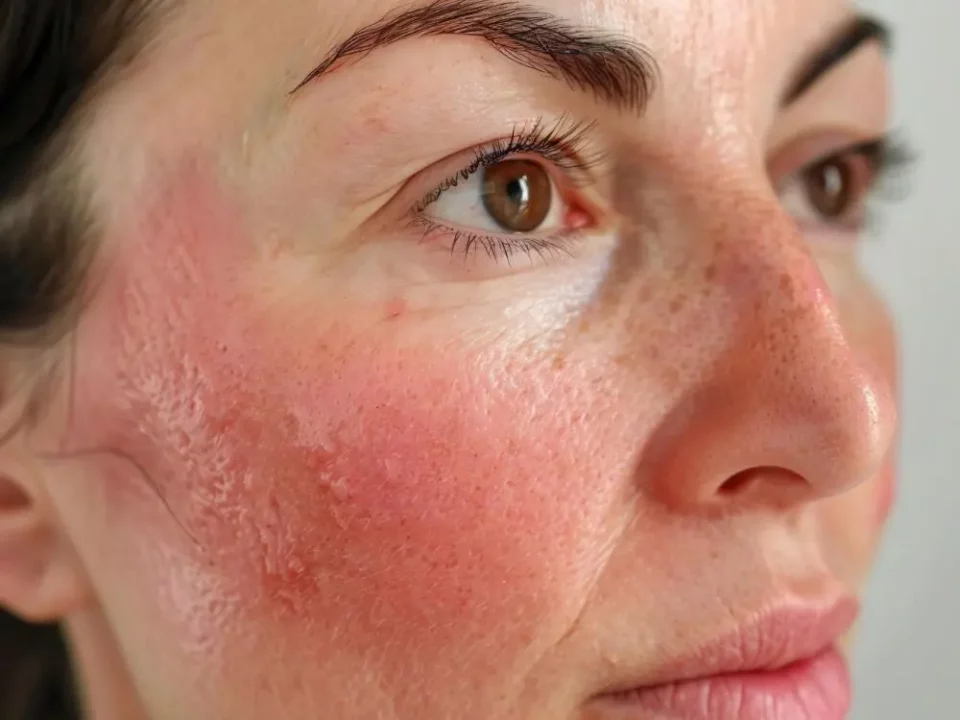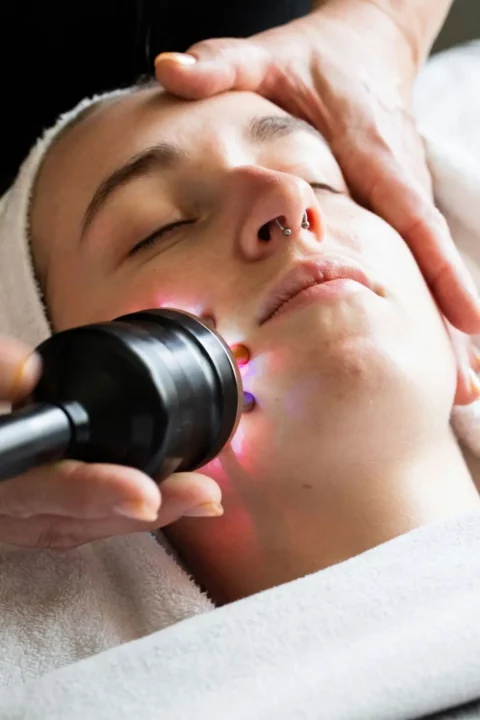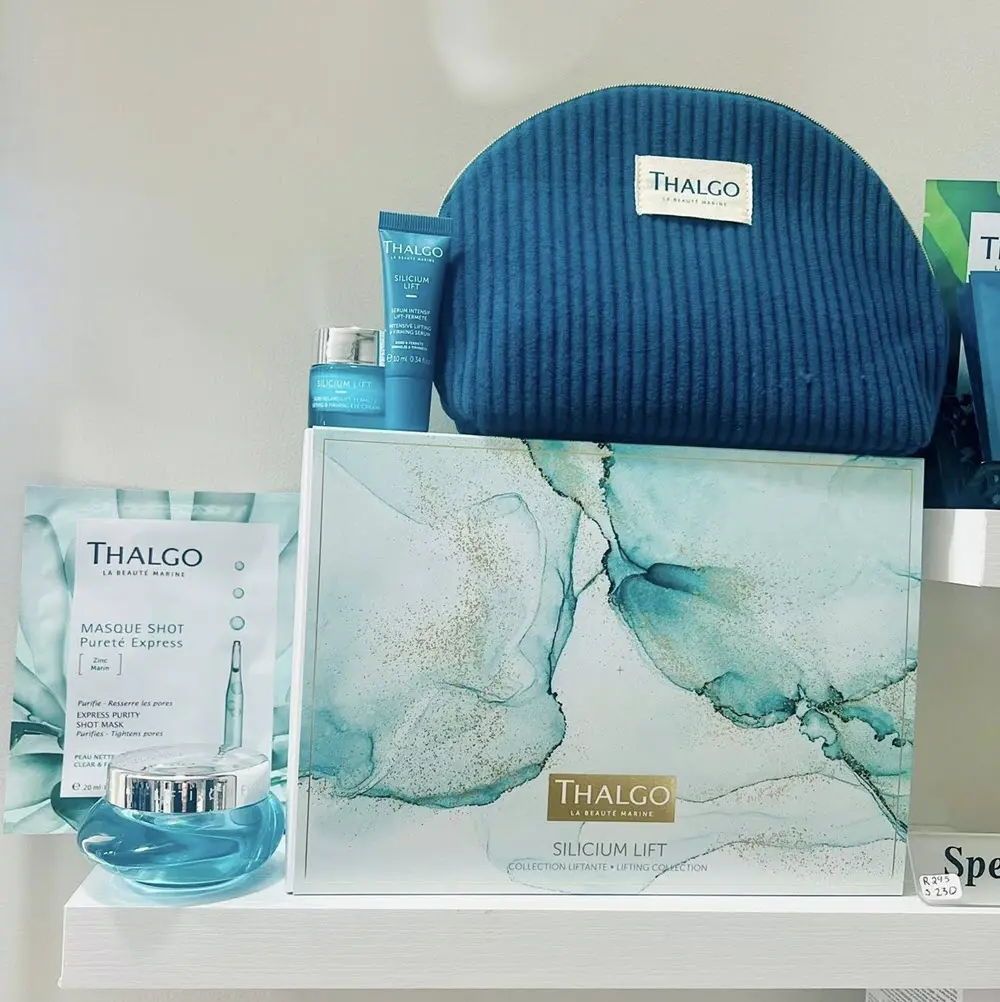Rosacea is a chronic inflammatory skin disorder that primarily affects the cheeks, nose, forehead, and chin. Unlike temporary flushing, rosacea symptoms persist and often worsen over time. The National Rosacea Society and American Academy of Dermatology emphasize that persistent facial redness is the hallmark diagnostic sign, with additional features including papules, pustules, telangiectasia (visible small blood vessels), and in some cases ocular involvement. Phymatous changes, such as thickened skin on the nose, are also considered diagnostic.
Common Rosacea Symptoms
- Persistent centrofacial redness
- Flushing with heat, stress, or triggers
- Burning or stinging sensations
- Visible capillaries (telangiectasia)
- Acne-like bumps in papulopustular subtype
- Ocular redness or irritation in some patients
Diagnostic Criteria
- NRS: Persistent redness or phymatous changes are primary; diagnosis can also be made with two or more major features such as papules/pustules, flushing, or ocular symptoms [1][2][3].
- AAD: Requires at least one primary feature – persistent redness, flushing, papules/pustules, or visible vessels. Secondary signs include burning, plaques, edema, or phymatous changes [5][6].
- Current consensus favors a phenotype-based approach: diagnosis is clinical, and no lab test confirms rosacea [7].
Known Triggers
According to the National Rosacea Society, common flare-up triggers include heat, sun, spicy foods, alcohol, and stress. Triggers vary between individuals, so tracking and avoiding personal triggers is a key management step.
Subtypes of Rosacea
- Erythematotelangiectatic – persistent redness, visible vessels
- Papulopustular – redness with acne-like bumps
- Phymatous – thickened skin, often around the nose
- Ocular – eye redness, burning, irritation
Fast Facts About Rosacea
| Subtype | Key Features | Diagnostic Notes |
|---|---|---|
| Erythematotelangiectatic | Redness, visible vessels | NRS: major feature; AAD: primary feature |
| Papulopustular | Redness with bumps | NRS: major feature; AAD: primary feature |
| Phymatous | Thickened skin | NRS: primary diagnostic; AAD: considered |
| Ocular | Eye redness, irritation | NRS: major feature; AAD: secondary feature |



